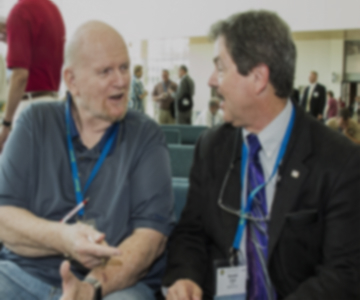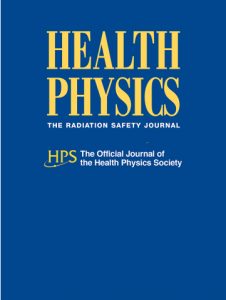My dad had a nuclear stress test two days ago. He was administered 851 MBq of technetium-99m sestamibi (for the stress part) and 285 MBq (for the resting part). When does the radioactive material start to decay? And when is it completely gone? How far should we keep our distance from him in order to have zero exposure?
The overall decay of nuclear medicine from the body depends upon two factors, the physical half-life of the nuclear medicine and the biological removal of the compound. 99mTc (technetium-99m) used in sestamibi has a physical half-life of six hours so that after the first 12 hours, there is only about 25% of the material remaining. In addition, the body eliminates the sestamibi compound so that within 48 hours approximately 30% of the material is excreted in the urine and an additional 30% of the material is excreted in the feces.
There is a bit of variability on how quickly the material decays and leaves the body; however, a recent article in the Journal of Nuclear Cardiology (Dauer et al. 2007) noted that 99mTc is essentially fully decayed and/or removed within about three days.
The exposure, or dose rate, from a patient who has received technetium-99m is relatively low when compared with other nuclear medicines, and the dose rate is reduced by about half at a distance of three feet and is essentially at background levels at about six feet.
Lawrence T. Dauer, PhD, CHP
Reference
Dauer LT, Williamson MJ, St. Germain J, Strauss HW. Journal of Nuc Card 14(6):904-905; 2007.
Answer posted on 26 January 2009. The information posted on this web page is intended as general reference information only. Specific facts and circumstances may affect the applicability of concepts, materials, and information described herein. The information provided is not a substitute for professional advice and should not be relied upon in the absence of such professional advice. To the best of our knowledge, answers are correct at the time they are posted. Be advised that over time, requirements could change, new data could be made available, and Internet links could change, affecting the correctness of the answers. Answers are the professional opinions of the expert responding to each question; they do not necessarily represent the position of the Health Physics Society.






